The Electric Crawler Crane Market is currently characterized by a dynamic competitive landscape, driven by technological advancements and a growing emphasis on sustainability. Major players such as Liebherr (Germany), Terex (United States), and SANY (China) are at the forefront, each adopting distinct strategies to enhance their market positioning. Liebherr (Germany) focuses on innovation, particularly in electric and hybrid models, aiming to reduce emissions and improve operational efficiency. Terex (United States) emphasizes regional expansion, particularly in emerging markets, to capitalize on increasing infrastructure investments. Meanwhile, SANY (China) leverages its strong manufacturing capabilities to offer cost-effective solutions, thereby appealing to a broader customer base. Collectively, these strategies contribute to a competitive environment that is increasingly shaped by technological innovation and sustainability initiatives.
In terms of business tactics, companies are increasingly localizing manufacturing to reduce costs and enhance supply chain efficiency. This trend is particularly evident in the Electric Crawler Crane Market, which appears to be moderately fragmented, with several key players vying for market share. The collective influence of these companies is significant, as they not only compete on product offerings but also on service quality and technological advancements, which are becoming critical differentiators in this sector.
In August 2025, Liebherr (Germany) announced the launch of its latest electric crawler crane model, which features advanced battery technology aimed at extending operational time while minimizing environmental impact. This strategic move underscores Liebherr's commitment to sustainability and positions the company as a leader in the transition towards greener construction equipment. The introduction of this model is likely to attract environmentally conscious clients and enhance Liebherr's competitive edge in the market.
In September 2025, Terex (United States) entered into a strategic partnership with a leading technology firm to integrate AI-driven analytics into its crane operations. This collaboration aims to optimize performance and predictive maintenance, thereby reducing downtime and operational costs for customers. The significance of this partnership lies in its potential to enhance Terex's product offerings, making them more appealing in a market that increasingly values technological integration.
In July 2025, SANY (China) expanded its manufacturing facility in Southeast Asia, a move that is expected to bolster its production capacity and reduce lead times for customers in the region. This expansion not only reflects SANY's commitment to meeting growing demand but also positions the company to better compete against local and international players. The strategic importance of this facility lies in its ability to enhance SANY's responsiveness to market needs, thereby strengthening its foothold in a competitive landscape.
As of October 2025, the Electric Crawler Crane Market is witnessing trends that emphasize digitalization, sustainability, and the integration of AI technologies. Strategic alliances are increasingly shaping the competitive landscape, as companies seek to leverage complementary strengths to enhance their offerings. Looking ahead, it appears that competitive differentiation will evolve from traditional price-based competition to a focus on innovation, technological advancements, and supply chain reliability. This shift suggests that companies that prioritize these areas will likely emerge as leaders in the Electric Crawler Crane Market.


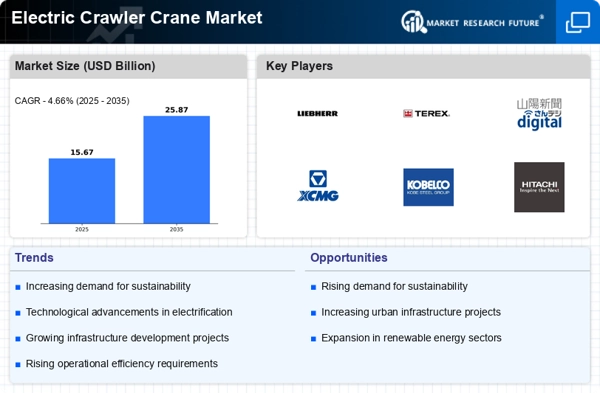
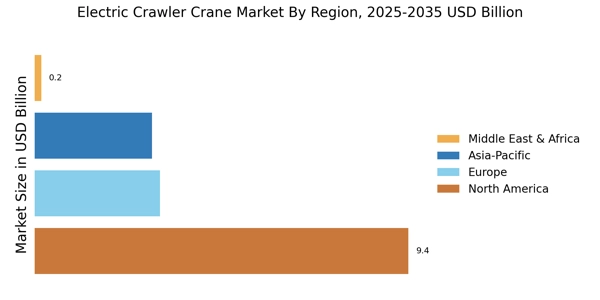

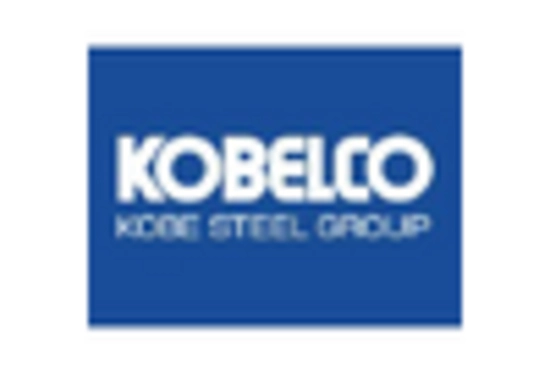
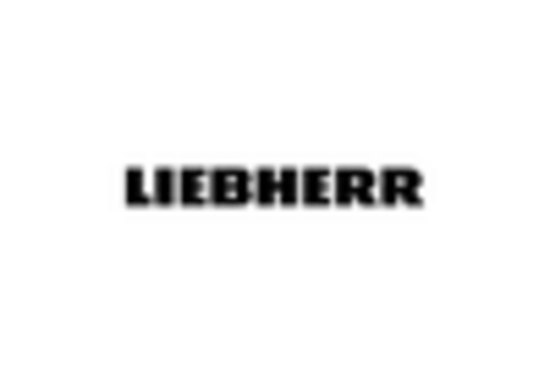
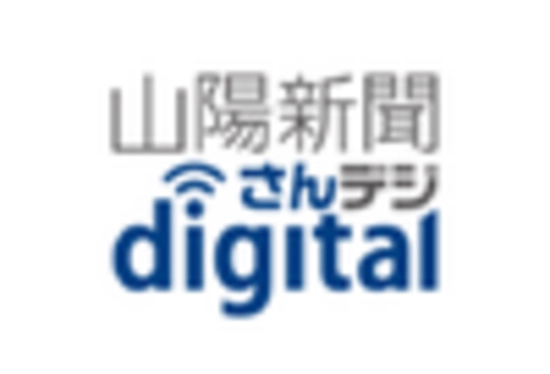
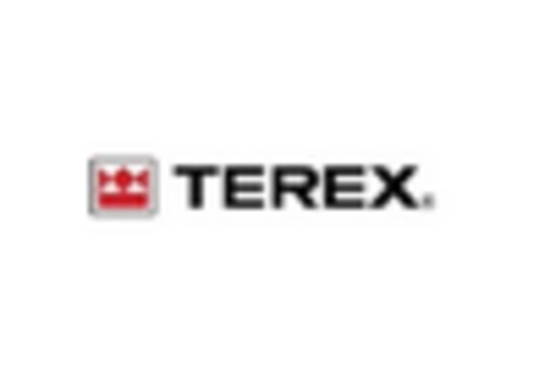









Leave a Comment